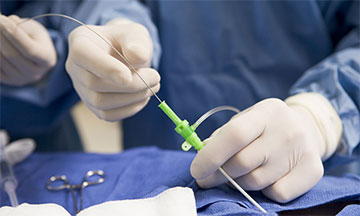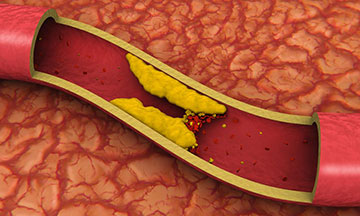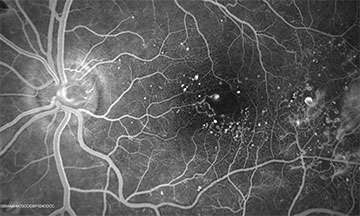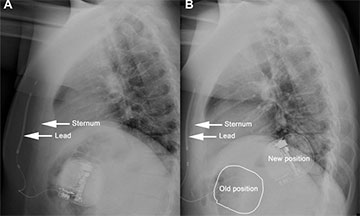Doctor advise to drink more water (at least 6 glasses of water) or liquids (juice or tea) to flush out the dye from the body. The person can start eating solid food after 4 to 6 hours of the test. He can start taking the medicines also after the food. He should not drive for at least 24 hours. The area from where the catheter was inserted can be painful but after 24 hours the person can return to their normal life / activities. After the angiography, the doctor gets a report of the test and discuss the report with the patient..
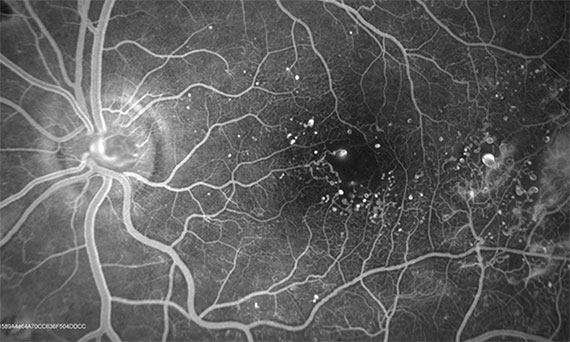
Peripheral Angiography in Jaipur
This test is used to see the arteries in the legs, arms, hands, or feet. A special Dye and X-rays are used to see inside the arteries. The work of blood vessels also called arteries is to carry the blood away from the heart. If there is a problem in flowing the blood well in the arteries to the legs or in arms, the doctor suggests doing the test. Peripheral angiography helps to detect the plaque that is build up on the inside walls of peripheral arteries and it also helps the cardiologist to detect the disease of peripheral vascular. The whole procedure takes up to one hour.
